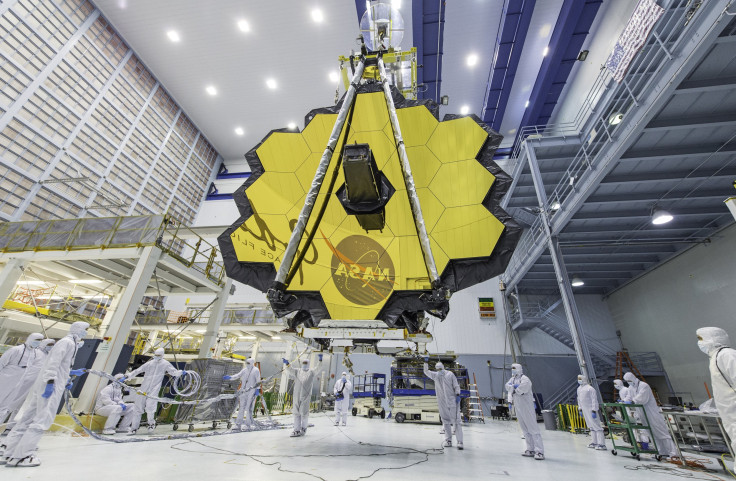James Webb Space Telescope, NASA’s Hubble Successor, Will Launch In Spring 2019

NASA’s James Webb Space Telescope (JWST), earlier scheduled for launch in October 2018, will now take at least another 6 months before it succeeds Hubble Space Telescope as the most powerful eye in the sky.
JWST will now launch between March and June 2019, NASA announced Thursday.
The delay was not caused by any problems with the hardware or technical performance issues. Instead, an assessment of the schedule for the remaining work to be done on the telescope simply showed it would not be possible to launch JWST in October 2018.
“The change in launch timing is not indicative of hardware or technical performance concerns,” Thomas Zurbuchen, associate administrator for NASA’s Science Mission Directorate at Headquarters in Washington, D.C., said in a statement. “Rather, the integration of the various spacecraft elements is taking longer than expected.”
The schedule assessment of the remaining work that needs finishing was made as part of an agreement with the European Space Agency, which requires NASA to inform ESA about its preferred launch window one year before the launch (because JWST would launch from French Guiana, an ESA facility).
“Testing of the telescope and science instruments continues to go well and on schedule at NASA’s Johnson Space Center in Houston, Texas. The spacecraft itself, comprised of the spacecraft bus and sunshield, has experienced delays during its integration and testing at Northrop Grumman in Redondo Beach, California,” NASA said in the statement.
The delay will not affect the budget for JWST or the science observations that have been planned for the observatory. The additional time spent on testing it — both the telescope and the spacecraft carrying it — will mean JWST would be fully tested before its launch, maximizing the chance of it meeting its required performance levels once it is in space.
Eric Smith, program director for the James Webb Space Telescope at NASA Headquarters in Washington, D.C., said in the statement: “Webb’s spacecraft and sunshield are larger and more complex than most spacecraft. The combination of some integration activities taking longer than initially planned, such as the installation of more than 100 sunshield membrane release devices, factoring in lessons learned from earlier testing, like longer time spans for vibration testing, has meant the integration and testing process is just taking longer. Considering the investment NASA has made, and the good performance to date, we want to proceed very systematically through these tests to be ready for a spring 2019 launch.”
JWST, which is a partnership between NASA, ESA and the Canadian Space Agnecy, will be launched aboard an Ariane 5 rocket from the Guiana Space Center in spring of 2019. Its telescope is infrared-optimized, meaning it will be able to investigate astronomical phenomena as diverse as objects within the solar system, nearby exoplanets outside the solar system, and the very first stars and galaxies.
© Copyright IBTimes 2024. All rights reserved.











